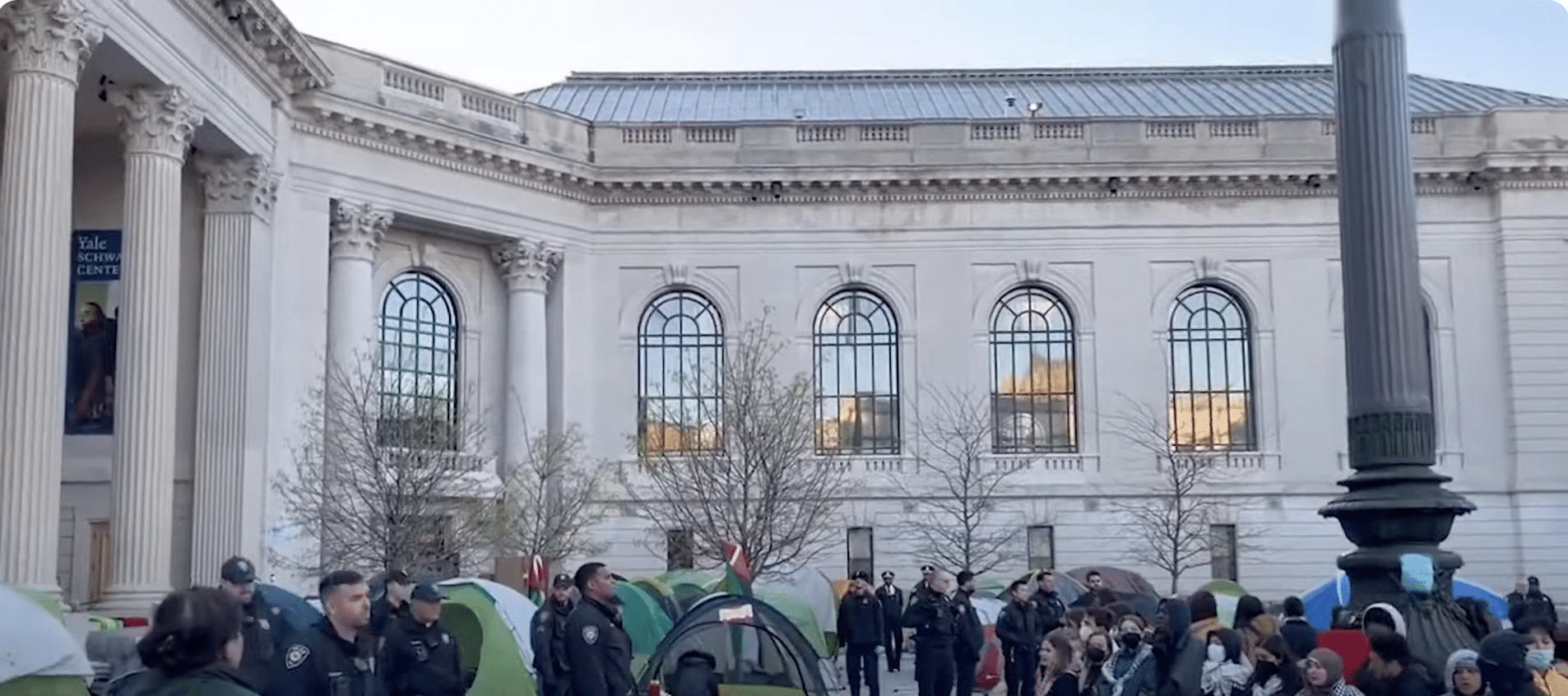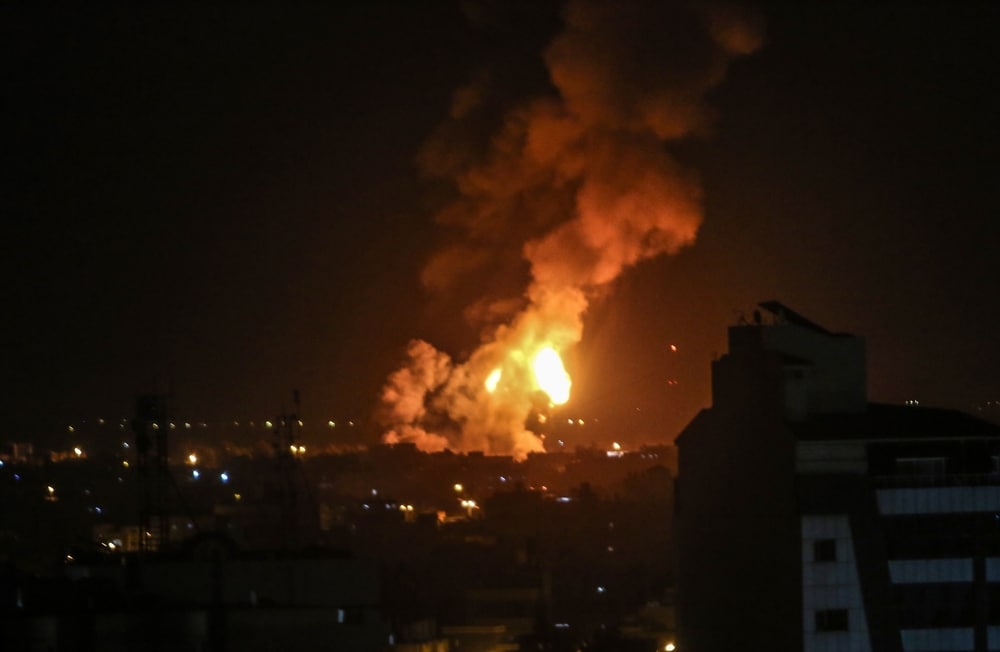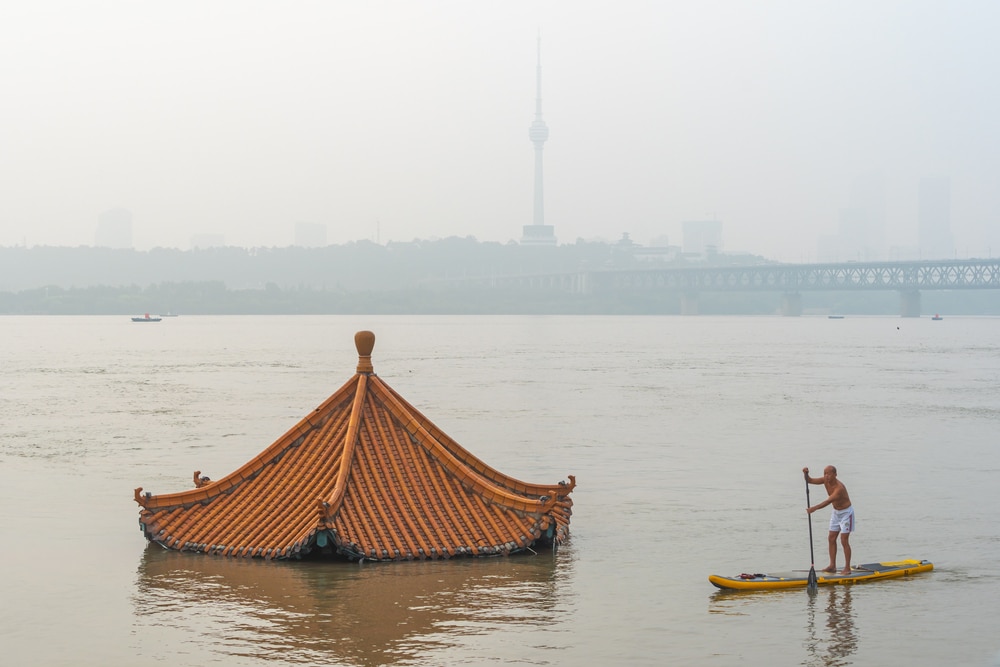Tire tracks stretched across the flat lake bed to the horizon. We followed them in a Suzuki 4×4, looking for clues about what’s happened to Poopó, once Bolivia’s second largest lake, which has vanished into the thin air of the Andean highlands. We were driving on the lake bottom, yet we were more than 12,000 feet above sea level. The spring air was lip-chapping dry. Many of the fishing villages that have relied on Lake Poopó for thousands of years have emptied too, and we drove past clusters of abandoned adobe homes. Dust devils danced around them, spinning in warm winds. In the distance we spotted several small aluminum boats that seemed to be floating on water. As we drove closer, the mirage receded, and
we found the boats sitting abandoned in the silt. I stepped out of the vehicle. My shoes cracked the salty crust that had formed jagged lumps, like ice cream in a freezer that has melted and recrystallized. My guide, Ramiro Pillco Zolá, crunched across the salt pan to reach one of the dilapidated, half-buried boats. Boyhood memories of paddling across the lake flooded back to him from long before he left his village of San Pedro de Condo to study hydrology and eventually earn a Ph.D. in hydrology and climate change at Lund University in Sweden. “We’re not talking about a small thing,” Pillco Zolá told me. “Three decades ago this lake covered 3,000 square kilometers. It’s going to be hard to recover.” READ MORE

















